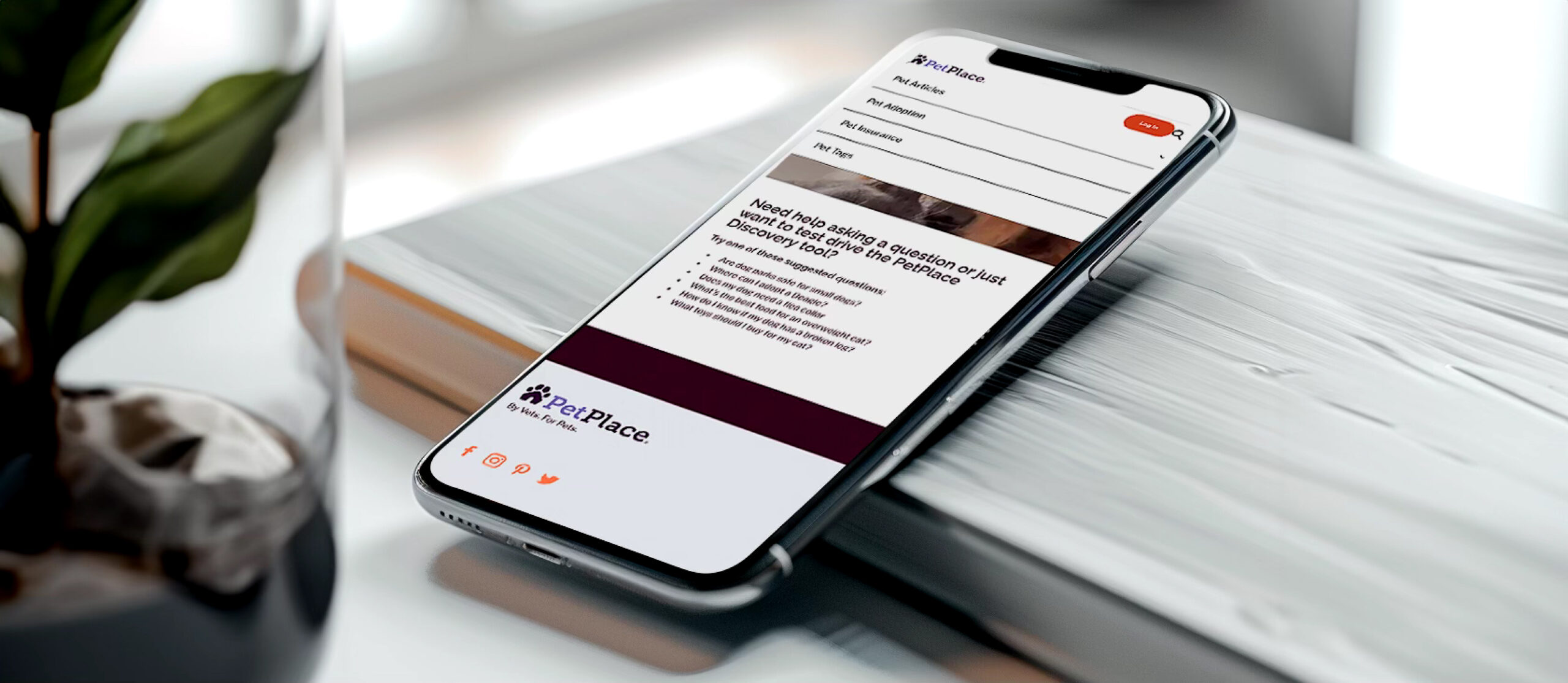
We are living in an exciting age of digital transformation. All around us, industries are adapting (hi, grocery delivery service Instacart!) or dying (see you later, Sharper Image). People expect seamless digital experiences. They expect ease of use. They don’t want to think too hard about their next step. Everything should be fast and easy. The customer is in control online in a big way.
Today’s brands recognize that, and are digitally transforming by putting their customers first. But for healthcare providers (HCPs), there’s an added layer of complexity – the “customer” isn’t just one type of person.
The rockstar surgeon who wants his profile on your homepage is a customer. The donor who made a new hospital wing possible is a customer. The researcher team that just had an incredible breakthrough is a customer. And historically, healthcare websites tend to showcase those internal customers more than the most important customers of all: the patients.
Let’s reverse that trend and put the online patient experience first. When patients are dealing with health challenges, they are at their most vulnerable, and their expectations for a seamless, empathetic digital experience don’t change – they heighten. The last thing they want to see is a corporate-first website where they can’t easily make an appointment, pay their bill, or find the doctor they were referred to.
Where do you start?
Digital transformation to “patient-first” may seem daunting, but it doesn’t start with in-room voice assistants, cloud-based health tracking, or AI-powered triage chatbots (although those things are awesome!). It starts with change management.
Bring offline, online
So how do you begin the journey of getting all of those internal “customers” on board? When tackling buy-in for digital transformation feels insurmountable, try starting with something simple that can spur excitement where the results are relatively debate-free. Added bonus: this task is something that many hospitals are already doing offline—patient surveys.
These surveys should ask patients what they need from an HCP website and how easily they can find those features. (Online appointment scheduling, for instance, is table stakes in a world with on-demand Uber rides and seamless Google integrations.) Surveys might also want to ask about the patient’s emotional experience on the site: did the pictures make them trust their HCP? Do they feel like they’ll receive healing care or just medical treatment?
It sounds so simple, but gathering patient responses can help align data-driven leadership and other internal “customers” to approach a different mindset eagerly, not begrudgingly.
Share the results
Digital transformation is hard, and can sometimes be risky. But the great thing about digital is that all that transformation can be tracked. Those risks can be identified as rewards…or as things to improve on. It’s up to you to tell that story.
Work with your data and insights team to formulate a measurement plan for the things that have changed on your website. Decide on a cadence on which to report out that data. Keep the reports simple, answering one question: what three things is digital doing for [insert internal stakeholder] today? Send those stakeholders the reports. When you pass them in the halls, ask them what they think. Take them out for coffee. Hit them up at the holiday party! Keeping the conversation going whenever and wherever you can will make the change process feel more friendly, open, and comfortable.
Tap into your evangelists
There will always be people who love digital and the things it can do to help the business. On the flip side, there will always be people who are scared of it. Identify the ones who get excited at the change and can influence a person or a whole room. Share the data with them, share the story with them, share your goals with them. Let them help you affect change. Resistant stakeholders are likely to better adapt to patient-first digital transformation after hearing its praises sung throughout the organization.
Be the voice of change
Everyone may get very excited about “patient-first,” but when push comes to shove, old habits die hard. Your internal stakeholders may revert to an “us-first” mentality when you ask them for copy or images, or when they demand their profile on your shiny new website’s homepage. It’s in that moment that you need to speak up for the strategy, and ask them, out loud, “Is this patient-first?” Sometimes just saying it reorients the team back to the new goal. Sometimes that’s not enough, and you have to walk them through the “why” again. Do whatever it takes, as many times as it’s needed.
Moving from an “us-first” organization to a “patient-first” organization requires careful change management, but embracing these methods can yield positive outcomes for hospitals and other HCPs.
There is too much at stake for HCPs to not hop on board. Because who do you need over anyone else in order to exist? The patient.
—
Learn more about patient-first customer experience management and check out our healthcare service offerings to get started.








